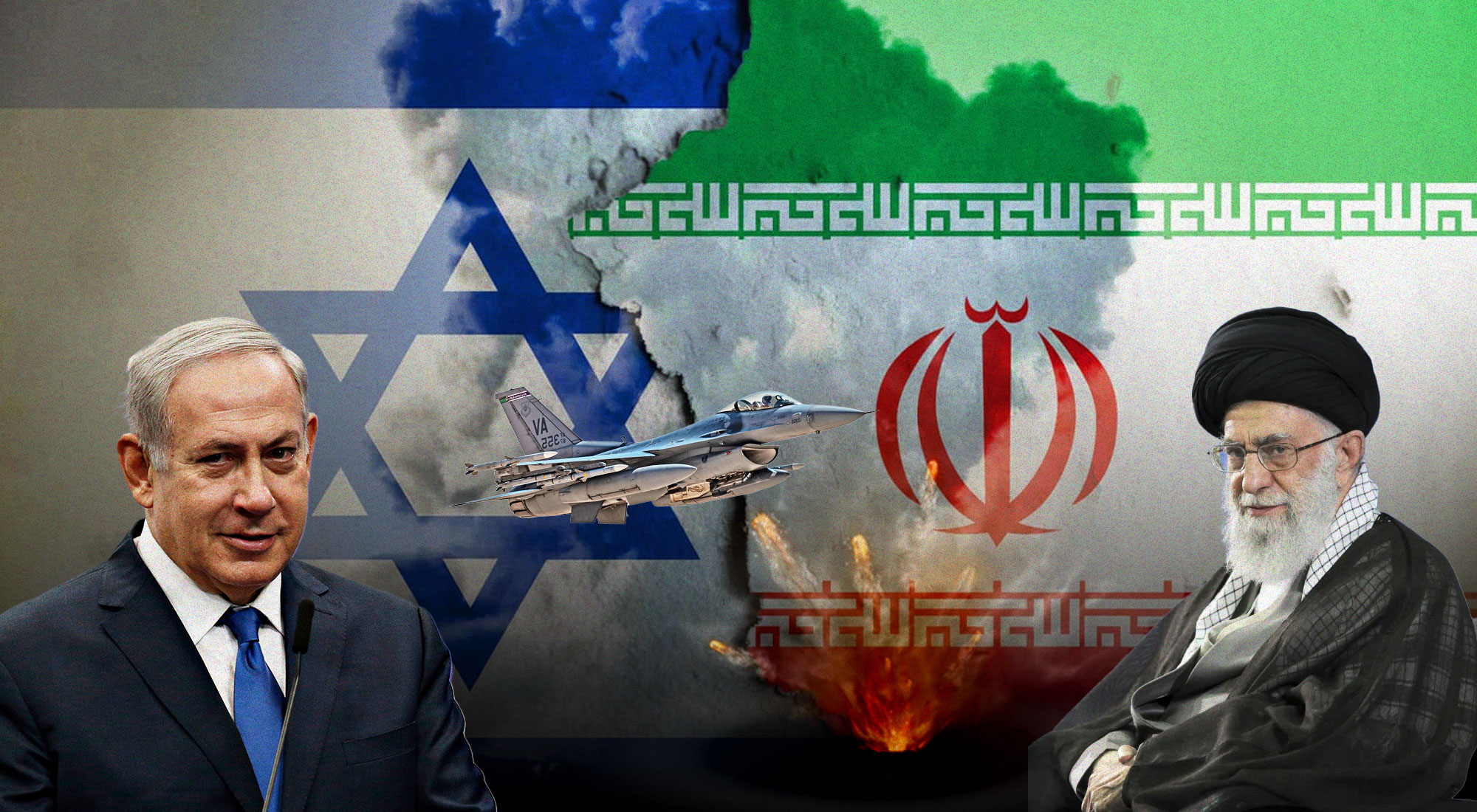
Snapshots
A New Reality in the Israeli-Iranian Conflict with Operation “Rising Lion”
13 Jun 2025
With the military operation launched by Israel against Iran—dubbed “Operation Rising Lion”—it appears that a new reality is emerging in the Middle East. This is especially true following the targeting of top Iranian military leaders this time inside Iranian territory. The assassinations of Mohammad Bagheri, Chief of Staff of the Armed Forces, and Hossein Salami, Commander of the Islamic Revolutionary Guard Corps (IRGC), are considered the most significant military-political assassinations in modern Iranian history since Qassem Soleimani, who was assassinated in Iraq by the United States.
These Israeli strikes are a severe and dangerous blow to the Iranian political system, particularly because the act of carrying out public assassinations on Iranian soil introduces a new dynamic in how the Israeli-Iranian conflict is conducted. These assassinations—executed against high-ranking Iranian officials within Iran—are unprecedented, much like the earlier assassination of Ismail Haniyeh, head of Hamas’ Political Bureau, in Iran in July 2024. This event sends a strong message: Iranian territory is no longer safe, neither for Iranian officials nor foreign allies. From an intelligence perspective, these strikes signal that Iran has been penetrated on all fronts.
Although observers had anticipated such strikes following recent American diplomatic movements and Trump’s statements expressing pessimism regarding the Iranian nuclear negotiations, the Israeli operations may be interpreted as a move to freeze the negotiation track, at least in the short term. An Iranian response will likely be necessary to satisfy domestic expectations, and Tehran will seek to produce some form of loss against its adversaries to preserve the political regime’s image—one that derives legitimacy from the doctrine of exporting the revolution and hostility toward Israel.
The temporal scope of Israeli-Iranian strikes is expected to be intermittent and complex, but not long-lasting or evolving into a continuous full-scale war like the conflict in Ukraine. Several considerations support this outlook: (1) Iranian decision-makers recognize that a total war with Israel is effectively a war with the United States. Given the comparative weight of comprehensive power tools, Israel holds the upper hand. (2) Middle Eastern countries oppose any large-scale war between the two sides and will seek de-escalation through diplomatic means and strategic tools, such as closing their airspace to both parties. (3) The global economy cannot withstand another major international crisis. The strikes have already caused oil prices to surge over 12%, triggered stock market fluctuations, and boosted the value of gold and cryptocurrencies as safe-haven assets. These events reinforce the World Bank’s downward revision of its economic growth forecast for the MENA region—from 3.4% in January to 2.7% in 2025, and from 4.1% to 3.7% in 2026—in light of Washington’s protectionist policies and tariff trends, which have affected and will continue to affect most countries. Armed conflict in the world’s most crucial oil-exporting region will inevitably disrupt the global economy. (4) Major powers like Russia and China do not currently want Iran dragged into a war, especially given Russia’s entanglement in Ukraine and China’s economic challenges amid negotiations with the Trump administration. These conditions suggest that Tehran understands that neither Moscow nor Beijing is ready to support it militarily at this stage.
Ultimately, with Netanyahu clearly pursuing a domestic political agenda—especially as he faces internal coalition pressures, notably from ultra-Orthodox “Haredi” parties opposing mandatory conscription—and given his recent 40-minute call with Donald Trump (which may have outlined the operation’s details despite U.S. claims of Israel acting unilaterally), there seems to be a tacit Israeli-American understanding of how Iran might respond. While the most likely scenario is a limited and localized conflict, the possibility of escalation into a full-blown war remains on the table, even if unlikely.
What is becoming increasingly clear is that the new regional reality involves continued targeted operations—direct, limited, yet strategically impactful. These actions are redefining the framework of regional conflict: not through proxies, but via precise targeting of key political and military figures inside sovereign states.


